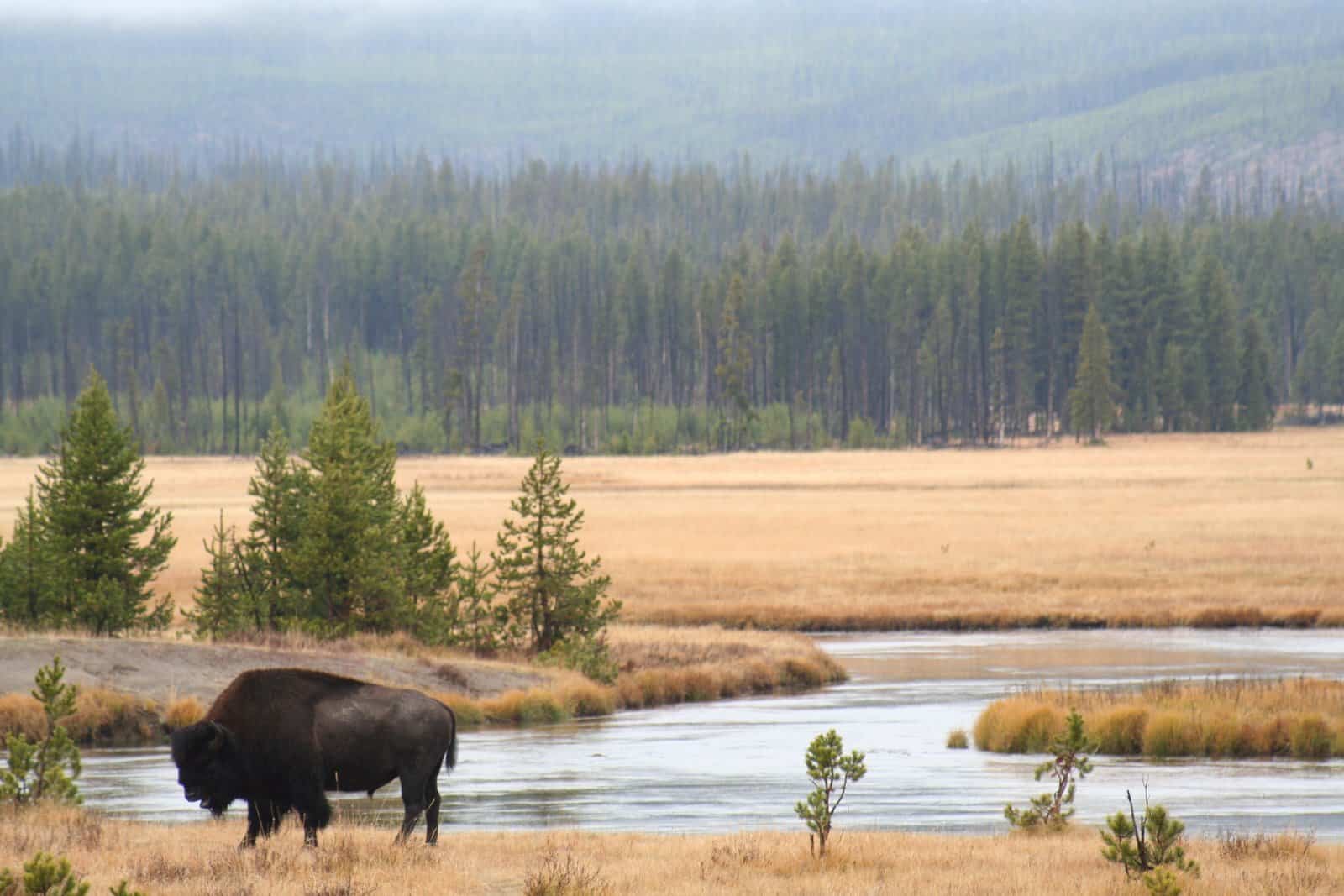Share this article
JWM study: Predation largely to blame for fisher deaths
Biologists are now closer to understanding fisher (Pekania pennanti) survival and mortality rates following a multiyear study.
New research published in the April issue of The Journal of Wildlife Management, found that fishers in California’s Sierra National Forest have an annual survival rate of 0.69, with the largest percentage of deaths resulting from predation. The research may prove useful to future wildlife management strategies in the forest where fishers are found.
As part of the study, the team of researchers, led by Rick Sweitzer, a biologist with the Great Basin Institute and a member of The Wildlife Society, monitored 232 radio-collared fishers at two sites in the Sierra National Forest for seven years and identified the cause of death for 93 of 121 fisher carcasses recovered in that span.
Seventy-four of the deaths were due to predation, while the remaining deaths were attributed to a combination of disease, starvation and human-linked factors. Female fishers had a slightly higher annual survival rate than males, at 0.72.
“The only way to achieve a positive population growth is to reduce predation by at least 25 to 50 percent,” Sweitzer said. “If we [reduce the other, lower mortality risks] then perhaps we could still achieve a positive growth trajectory without such a dramatic reduction of predation.”
Even as researchers continue to examine what habitat conditions make fishers more vulnerable to predators, Sweitzer and his team stress on the value of restricting habitat disturbance near fisher dens.
Other studies have raised concerns about fishers dying after eating rat poison or poisoned prey from illegal marijuana farms. Though Sweitzer’s research found only six poisoned fishers, and just a single female death, the researchers acknowledge that nonlethal exposure to toxicants may make fishers more vulnerable to other causes of death.
“The reality is that even though rodenticide exposure has gotten a lot of press, when you start looking in detail at the known causes of death, what becomes apparent is that this has not been a major source of mortality for reproducing females,” Sweitzer said.
Predation was the only mortality cause to make a big enough impact on fisher populations to cause an overall decline, according to study results. The major predators in the area include bobcats, mountain lions and coyotes; however, the contact rates between fishers and their predators have yet to be studied.
In other news, on April 14, the U.S. Fish and Wildlife Service announced that it will not list the West Coast fisher population as threatened under the Endangered Species Act. After evaluating the scientific information, the Service determined that the impacts from habitat loss and pesticide use were less significant than first thought. In addition, states, private landowners, industry and federal agencies are collaborating to help restore the fisher population in the area.
Header Image: A camera trap photo of a fisher. ©Rick A. Sweitzer








